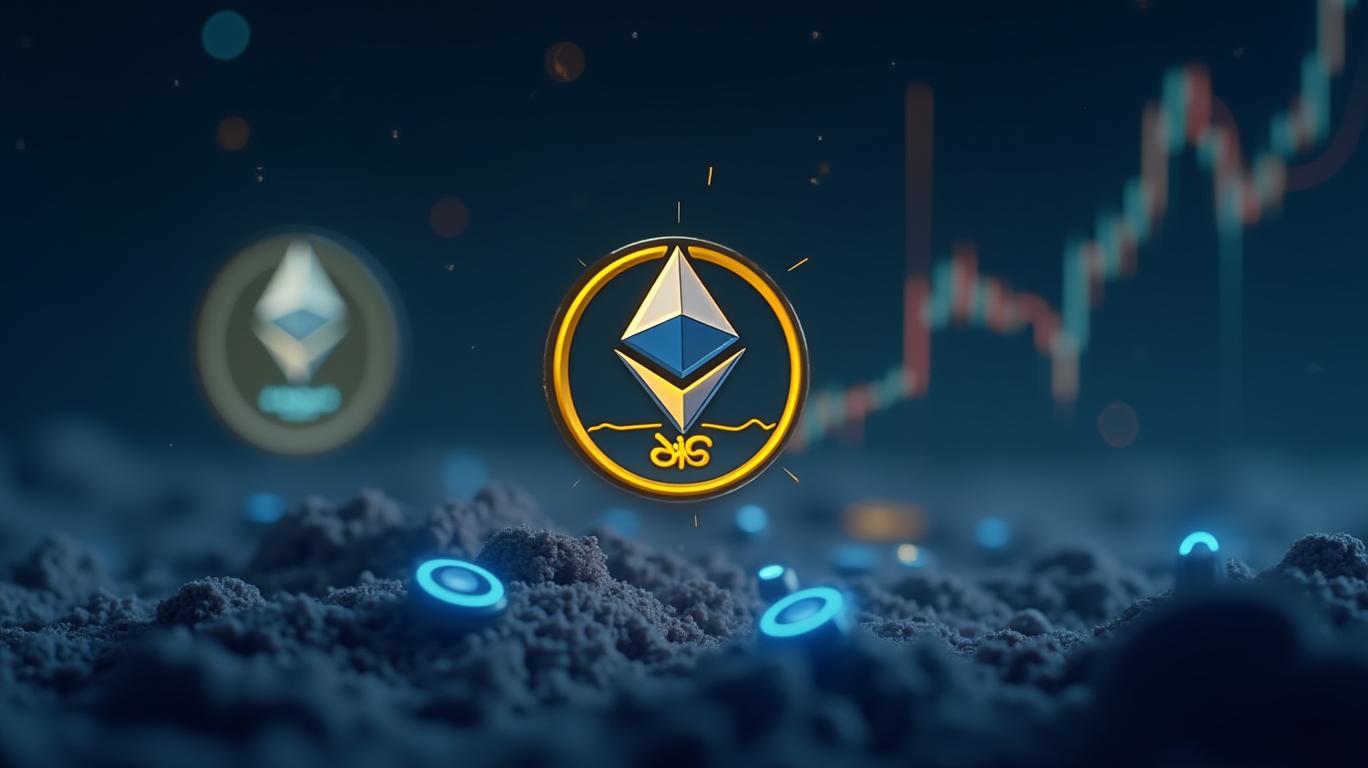AInvest Newsletter
Daily stocks & crypto headlines, free to your inbox
Ethereum’s dominance in the layer-1 (L1) blockchain network has significantly waned, opening up a competitive landscape for other blockchain platforms to vie for leadership in the Web3 space. This shift was highlighted during a panel discussion at the LONGITUDE event, where Alex Svanevik, CEO of data service Nansen, noted that Ethereum’s once-unassailable position has given way to an “open race” among multiple L1 networks.
Svanevik, speaking at the event, reflected on the changing dynamics of the crypto market. Just a few years ago, he would have confidently predicted Ethereum’s continued dominance. However, the current landscape tells a different story. Ethereum, while still the most popular L1 network with approximately $52 billion in total value locked (TVL), now holds only 51% of the cryptocurrency residing on blockchain networks. This represents a sharp decline from its peak in 2021, when it controlled as much as 96% of aggregate TVL.
The panelists at the LONGITUDE event discussed the emergence of smaller, faster-growing chains that are challenging Ethereum’s supremacy. Svanevik pointed out that several chains are rapidly gaining traction, creating a diverse and competitive environment. “It’s an exciting time,” he remarked, noting the potential for innovation and broader blockchain use.
Solana (SOL), known for its faster transactions and lower fees compared to Ethereum, is positioned as a strong contender to become the next leading chain in the Web3 ecosystem. According to Svanevik, Solana has surpassed Ethereum in several key onchain metrics, including active addresses, transaction volume, and even gas fees. While Ethereum still leads in TVL and stablecoin issuance, Solana’s growth trajectory is undeniable.
The rise of Solana and other smaller L1s underscores the evolving nature of the blockchain landscape. Vardan Khachatryan, chief legal officer of trading platform Fastex, noted that many chains gain popularity during bull runs due to hype and airdrops rather than sustained adoption. This observation highlights the need for long-term viability and real-world use cases for these networks to maintain their momentum.
The LONGITUDE event, which brings together leaders and innovators from the blockchain and Web3 space, provided a platform for these insights. The discussions emphasized the importance of innovation and adoption in determining the future leaders of the Web3 ecosystem. As the race for dominance continues, it is clear that Ethereum’s era of unchallenged leadership is over, paving the way for a more dynamic and competitive market.

Quickly understand the history and background of various well-known coins

Dec.02 2025

Dec.02 2025

Dec.02 2025

Dec.02 2025

Dec.02 2025
Daily stocks & crypto headlines, free to your inbox
Comments
No comments yet